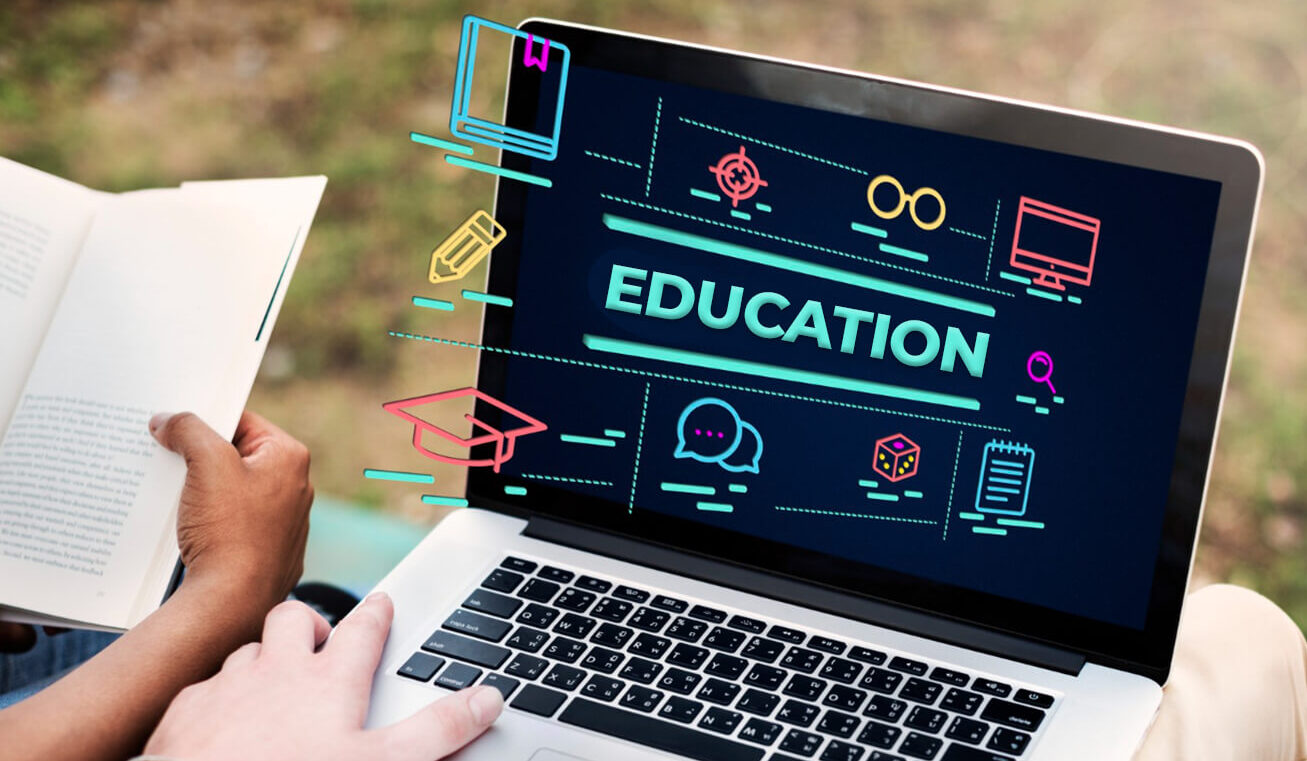The integration of technology in the classroom has revolutionized the way teachers teach and students learn. The introduction of digital learning tools such as mobile devices, smart boards, tablets, laptops, simulations, and dynamic visualizations has transformed traditional classroom settings into dynamic, interactive learning environments. Artificial intelligence has also emerged as a valuable tool in higher education, providing personalized learning experiences for students. The appropriate use of digital learning tools in the classroom can boost student engagement, assist teachers in improving lesson plans, and ultimately enhance the learning experience for all.
The benefits of technology-enhanced learning are numerous. Technology allows students to put their knowledge into action, sharpen their critical thinking skills, and increase collaboration with their peers. Additionally, technology can reduce the costs of physical instructional materials, enhance educational program efficiency, and expand access to education. The effective use of digital learning tools in classrooms can increase student engagement, help teachers improve their lesson plans, and ultimately lead to better academic outcomes.
Despite the numerous benefits of technology in education, there are also challenges associated with its implementation. The literature has explored the challenges of implementing new technologies in the classroom as a change management process. Teachers may face a learning curve when adopting new technologies, and there may be resistance from students who prefer traditional classroom settings. However, a very important technological impact on education is increased interactivity and class engagement. By leveraging technology effectively, teachers can overcome these challenges and create dynamic, interactive learning environments that engage and inspire their students.
The impact of technology on teaching practices
The impact of technology on teaching practices has been significant in recent years. With the integration of technology in the classroom, there has been a shift in teaching approaches. Educators are now able to incorporate multimedia and interactive tools to engage students and enhance their learning experience. Additionally, technology has allowed for the creation of virtual classrooms, which provide students with access to educational resources from anywhere in the world. As a result, technology has expanded the scope of teaching and has made it more accessible to a broader audience.

The customization of learning for students has also been made possible through technology. Educational applications and websites are used in digital classrooms to assist students in improving their learning experience. Feedback loops and technology-based assessments enable educators to tailor their teaching to meet the unique needs of each student. Moreover, personalized learning has become increasingly popular in recent years, with a growing number of schools changing their culture of teaching and learning towards this approach. As a result, technology has enabled educators to provide a more individualized learning experience for their students.
Technology has also increased the efficiency of lesson planning and delivery. Digital tools and resources have made it easier for educators to create and organize their lesson plans, saving time and effort. The use of technology has also helped students and teachers create practical and easily-accessible teaching and learning environments. Furthermore, educational resources and digital tools have improved the classroom atmosphere and made the teaching-learning process more compelling. Overall, technology has revolutionized the way educators teach and students learn, making the education experience more efficient and effective.
The impact of technology on student learning
The use of technology in education has been shown to have a positive impact on student engagement and motivation. Incorporating technology-supported learning environments in the classroom can aid in increasing student engagement and motivation. Numerous studies have found that implementing instructional technology improves overall student motivation and engagement in learning. A study by Chauhan in 2017 analyzed the effect sizes of technology on learning effectiveness and confirmed that technology has a medium effect on learning effectiveness of elementary students. As a result, integrating technology into education can lead to increased student engagement and motivation, ultimately leading to better learning outcomes.
Technology also provides students with improved access to learning resources. The use of technology has helped create practical and easily-accessible teaching and learning environments for both students and teachers. The effective use of digital learning tools in classrooms can help teachers improve their lesson plans and enable personalized, mastery-based learning. Additionally, technology greatly improves and facilitates the transfer of knowledge, allowing teachers to design a quality learning management system. As a result, incorporating technology into education can provide students with a more comprehensive and accessible learning experience.
In addition to improving student engagement and access to learning resources, technology also helps to develop digital literacy skills in students. The emergence of the use of artificial intelligence in teaching and learning has heightened the transformation of teaching and learning in higher education institutions. Many teachers use interactive software and programs as learning technologies so that students can respond to questions and develop digital literacy skills. Digital technology and literacy can heighten the transformation of teaching and learning in higher education institutions, making it essential for students to develop these skills. As a result, incorporating technology into education can lead to the development of valuable digital literacy skills that are essential for success in the 21st century.
The future of technology in education
The future of technology in education is exciting, with emerging technologies offering new possibilities for teaching and learning. These technologies include virtual and augmented reality, gamification, and personalized learning platforms. Integrating technology into education provides students with a more engaging learning experience, allowing them to remain interested in the subject matter and leading to better overall comprehension. Additionally, the cloud and ubiquitous connectivity are driving significant changes in education and learning. As technology continues to advance, it will undoubtedly play an increasingly important role in education.

One of the most promising areas of technology in education is the potential of artificial intelligence and machine learning. AI-powered technologies are increasingly being developed for educational purposes to contribute to students’ academic performance and overall better learning outcomes. The integration of AI and education has the potential to vastly improve the quality of teaching and learning. Teachers can benefit from intelligent tutoring systems that provide real-time feedback and personalized learning experiences for students. However, ethical considerations must be taken into account when implementing AI in education. It is important to identify and address the potential risks and challenges associated with the use of AI in education.
In conclusion, technology has the potential to revolutionize education and the way we learn. Digital learning technologies and internet-based educational tools have the ability to open up our pedagogical practices and expand how learning can happen. As technology continues to advance, it is important to carefully consider the ethical implications and potential risks associated with its use in education. By doing so, we can ensure that technology is used in a responsible and effective manner to enhance teaching and learning.










